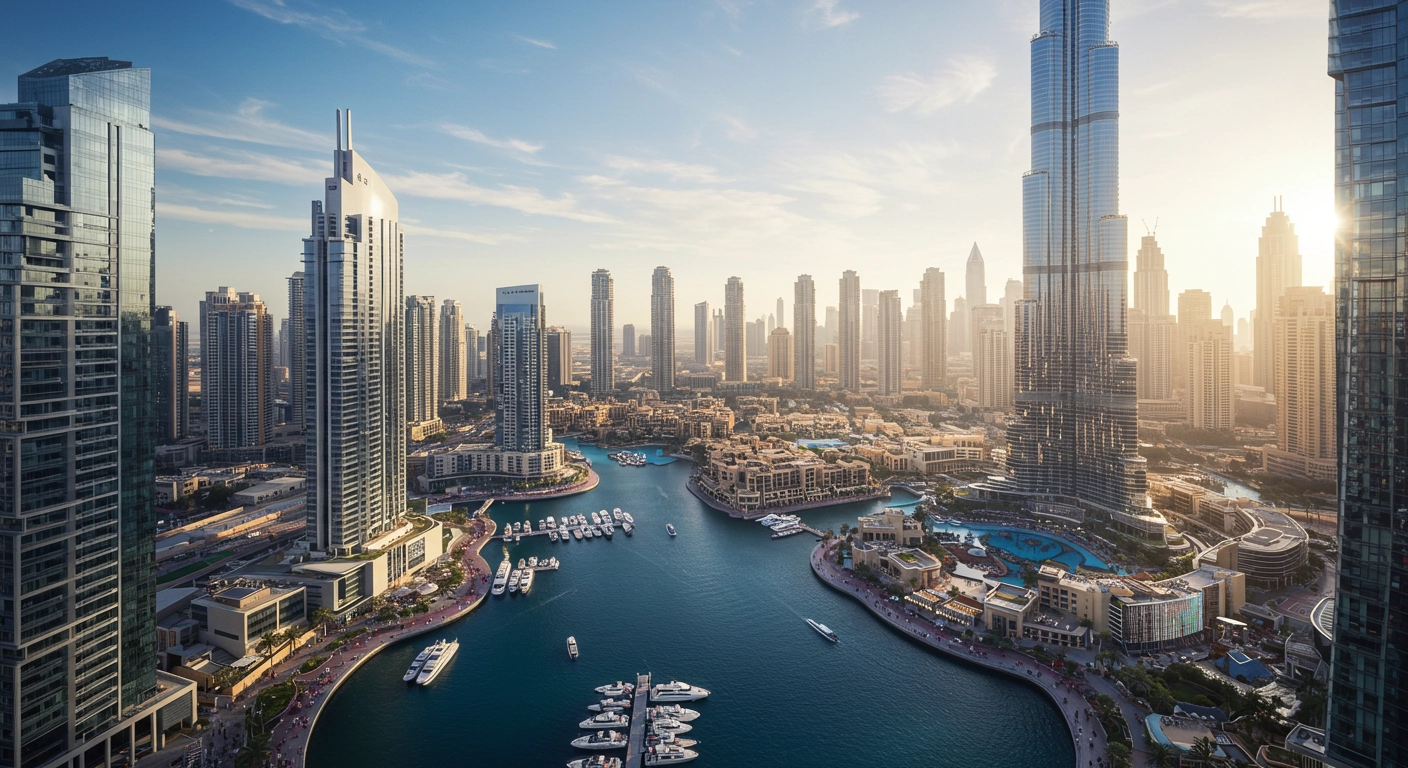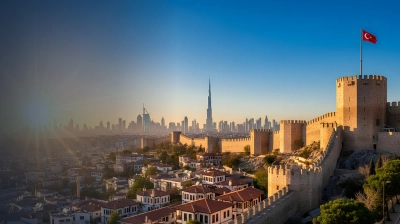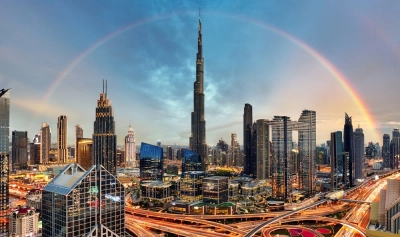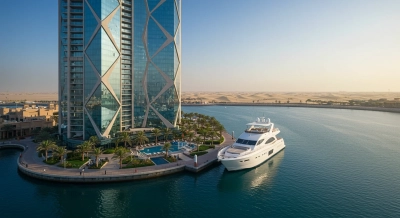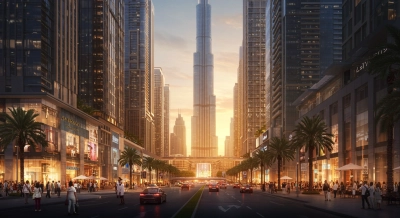The first urban planning for the city of Dubai was carried out in 1960. At that time, the city
had a population of 40,000. By 1971, the population had reached 80,000; in 1985, it grew to
370,000; and by 1995, it had reached 674,000. Over a span of 35 years, the city's population
experienced large-scale growth compared to earlier periods. As the population surpassed 1
million in the early 2000s, it necessitated increased public investment in the region. Reaching
1.9 million in 2012 and currently standing at 4 million, Dubai’s population is expected to
reach 8 million by the end of the 2030s. This projection makes a new phase of urban planning
essential. Recognized by international organizations as one of the safest and cleanest cities in
the world, Dubai must also prepare for a new wave of population influx, requiring a more
meticulous planning process. Therefore, the city needs to be supported with new residential
areas and an expanded transportation network. The population, which is currently
concentrated in central areas along the coastline, is expected to be shifted towards the outer
regions through new transport routes, aiming to alleviate traffic congestion.
With 3 million people currently employed in the city and projections indicating this number
will reach 4 million by 2030, new residential centers have become a necessity. By 2040, over
5 million people are expected to be working in the city. The anticipated population and
workforce influx makes comprehensive city planning indispensable. Another crucial aspect of
the plan is Dubai’s status as one of the world’s leading tourism hubs. With over 800 hotels
offering luxury vacation experiences, the city attracts an average of 20 million tourists
annually. As of 2024, Dubai ranks as the seventh most visited city globally and is preparing to
accommodate even more tourists in the coming years. The projected number of tourists over
the next 15 years is estimated at 40 million. This anticipated growth necessitates the
construction of new hotels, residences, and tourism centers. In particular, the number of
centrally located hotels must increase and expand across the city.
To address these needs, public authorities have announced the 2040 Dubai Master City Plan.
The plan encompasses commercial, tourism, residential, industrial, park, agricultural, public
institutional, and other zones and structures. It has been designed in coordination with the
city’s ports and airports and aims to increase the city’s housing stock. Given the current state
of Dubai’s real estate transaction volume, the plan is also expected to exert upward pressure
on housing prices. In 2024, the real estate transaction volume in Dubai reached $207 billion.
Investors from nearly every continent contributed to this figure, with major interest from
countries such as China, the United Kingdom, France, and Turkey.
For 2025, transaction volume is projected to approach $250 billion, and more investors are
expected to enter the market in the coming years. Therefore, the 2040 Dubai Master City Plan
carries significant importance. When making investment decisions, it is crucial to review the city plan
and align investment strategies accordingly. As Parcel Estates, we invite you to consider the city plan
and take advantage of the profitable investment opportunities Dubai offers.
© Copyright by Parcel Estates
